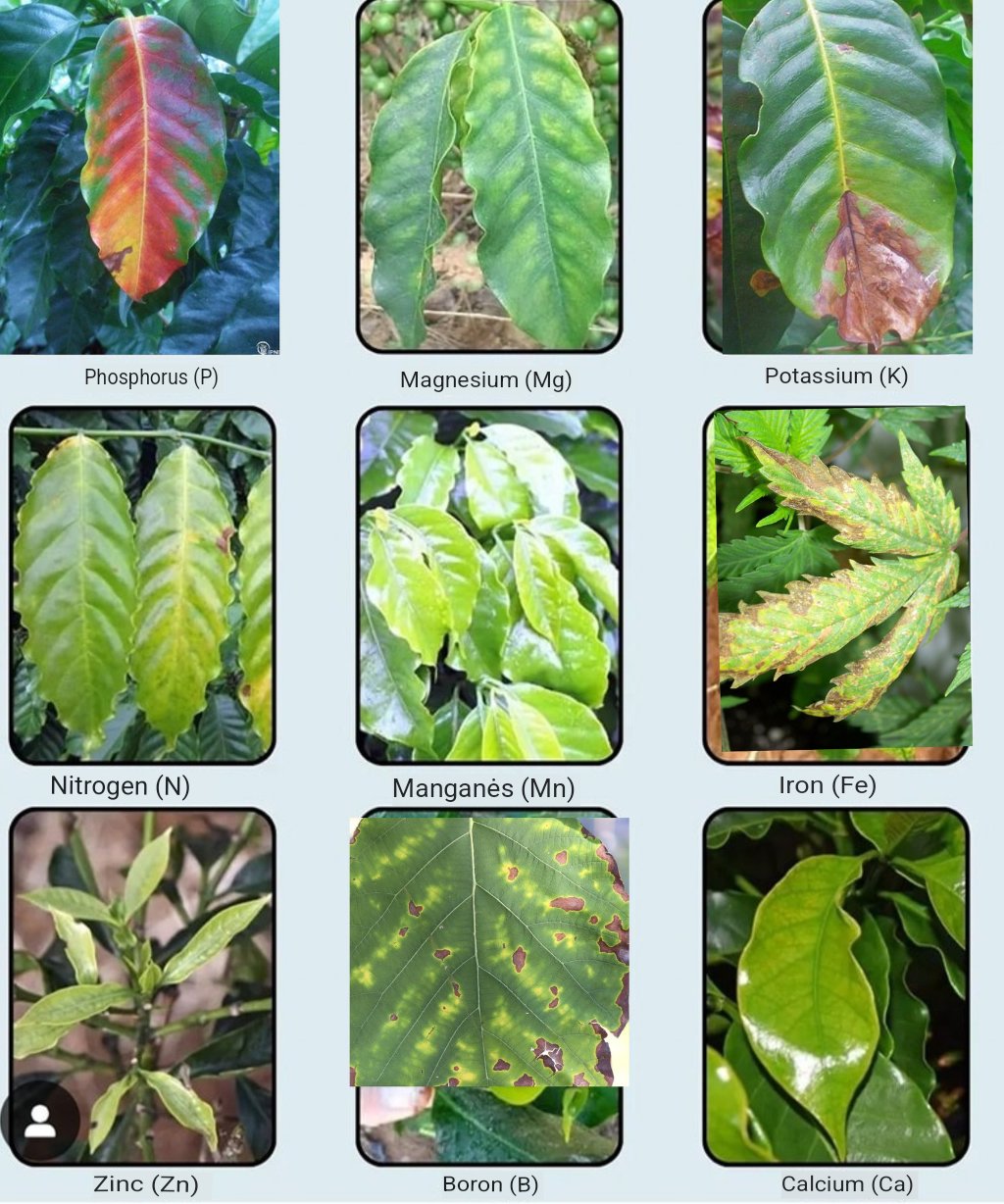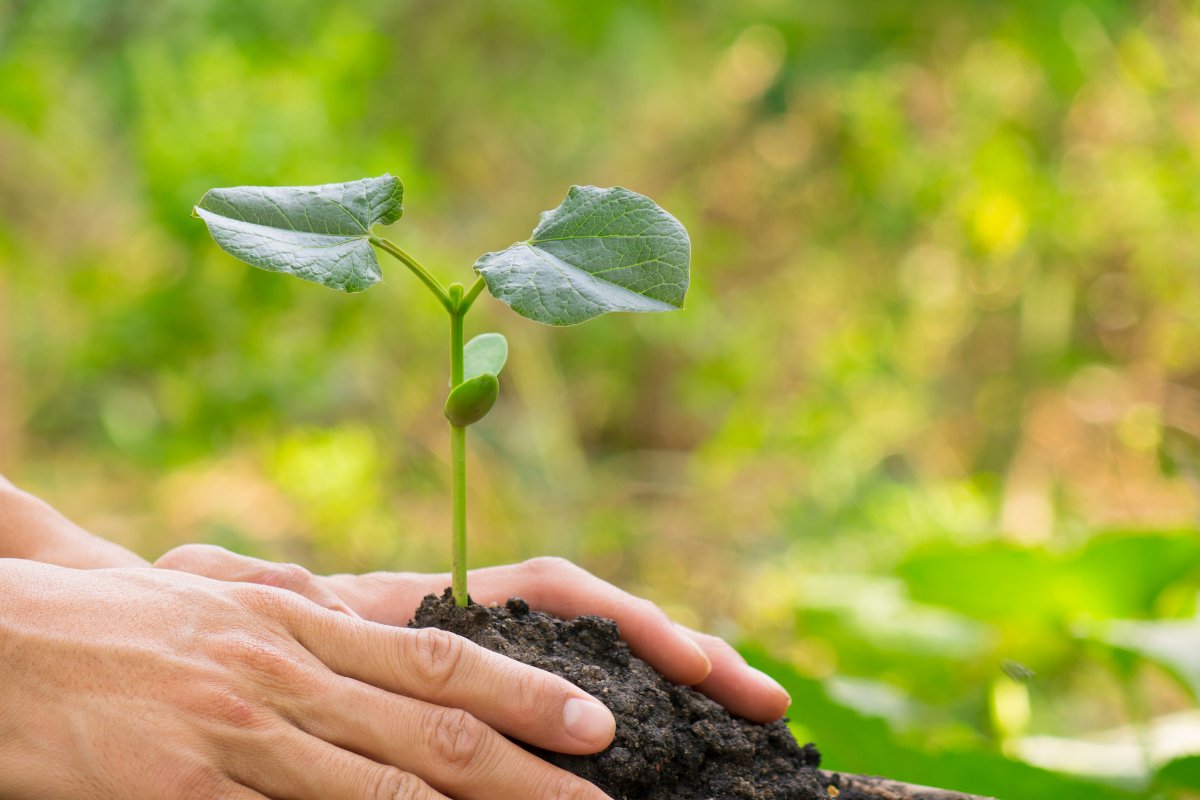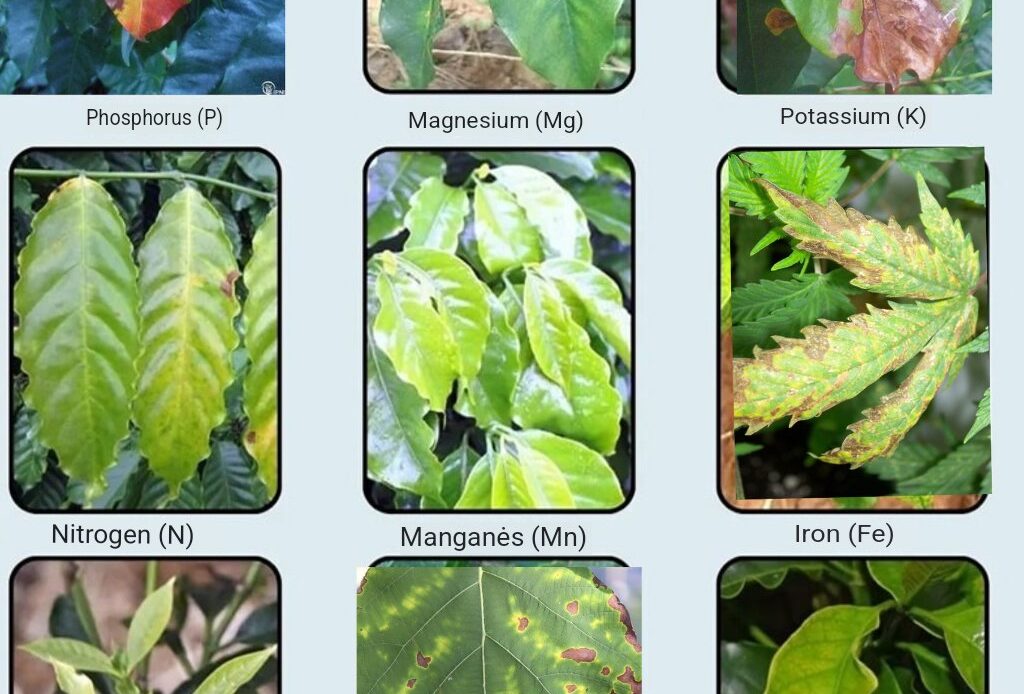Plants are living organisms that require proper care, attention, and, most importantly, the right balance of nutrients to thrive. Just like humans, plants can exhibit signs of distress when they are not receiving the necessary vitamins and minerals. However, unlike people, plants cannot verbally express their discomfort. Instead, they communicate through visual cues such as changes in leaf color, shape, and growth patterns. Recognizing these signs early can make a significant difference in maintaining a healthy and thriving garden.
### Understanding Nutrient Deficiencies in Plants

A nutrient deficiency occurs when a plant lacks one or more essential nutrients required for growth and development. These deficiencies can be caused by poor soil quality, incorrect pH levels, improper watering, or even environmental factors. Identifying the symptoms of nutrient deficiencies is crucial for providing corrective action before the plant’s health deteriorates further.
### Common Nutrient Deficiencies and Their Symptoms
#### 1. Nitrogen (N) Deficiency
Nitrogen is one of the most essential nutrients for plants, as it plays a vital role in chlorophyll production, which is necessary for photosynthesis.
– Symptoms:
– Yellowing of older leaves, while younger leaves remain green.
– Stunted growth and weak stems.
– Reduced flowering and fruit production.
– Solution:
– Apply nitrogen-rich fertilizers such as composted manure, blood meal, or fish emulsion.
– Use a balanced NPK fertilizer to promote steady nitrogen supply.
#### 2. Phosphorus (P) Deficiency
Phosphorus is crucial for root development, energy transfer, and flowering in plants.
– Symptoms:
– Leaves may develop a purplish or reddish hue.
– Delayed flowering and slow plant growth.
– Weak root system, leading to reduced nutrient uptake.
– Solution:
– Add bone meal or rock phosphate to the soil.
– Ensure the soil pH is between 6.0 and 7.0 to maximize phosphorus availability.
#### 3. Potassium (K) Deficiency
Potassium is essential for overall plant health, water regulation, and disease resistance.
– Symptoms:
– Browning or burning of leaf edges.
– Weak stems and increased susceptibility to pests and diseases.
– Poor flowering and fruit quality.
– Solution:
– Use potassium-rich fertilizers such as wood ash, potassium sulfate, or kelp meal.
– Avoid overwatering, as excessive moisture can leach potassium from the soil.
#### 4. Magnesium (Mg) Deficiencynew_cookie

Magnesium is a key component of chlorophyll and is crucial for photosynthesis.
– Symptoms:
– Yellowing between the veins of older leaves, often with a marbled appearance.
– Curling or drooping of leaves.
– Reduced yield in fruit-bearing plants.
– Solution:
– Apply Epsom salts (magnesium sulfate) dissolved in water.
– Ensure proper pH balance, as highly acidic or alkaline soils can limit magnesium absorption.
#### 5. Calcium (Ca) Deficiency
Calcium plays a critical role in cell wall structure and root development.
– Symptoms:
– Young leaves develop brown or yellow edges.
– Poor root development and stunted growth.
– Blossom-end rot in tomatoes and peppers.
– Solution:
– Add crushed eggshells, gypsum, or agricultural lime to the soil.
– Maintain proper moisture levels, as inconsistent watering can lead to calcium uptake issues.
#### 6. Iron (Fe) Deficiency
Iron is essential for chlorophyll synthesis and energy production in plants.
– Symptoms:
– Yellowing of new leaves while veins remain green.
– Stunted growth and poor overall health.
– More prominent in alkaline soils.
– Solution:
– Apply iron chelates or iron sulfate.
– Lower soil pH by adding organic matter such as compost or sulfur.
#### 7. Zinc (Zn) Deficiency
Zinc is necessary for enzyme function and plant growth regulation.
– Symptoms:
– Small, deformed leaves with yellowing between veins.
– Reduced internodal growth, leading to a bushy appearance.
– Poor fruit and flower production.
– Solution:
– Use zinc sulfate or zinc oxide fertilizers.
– Maintain a balanced pH level to prevent zinc lockout.
#### 8. Manganese (Mn) Deficiency
Manganese is vital for photosynthesis and nitrogen metabolism.
– Symptoms:
– Yellowing between veins on young leaves.
– Development of dark spots or necrotic areas.
– Poor growth and weakened plants.
– Solution:
– Apply manganese sulfate or manganese chelates.
– Improve soil drainage, as excessive moisture can limit manganese availability.
#### 9. Boron (B) Deficiency
Boron is crucial for cell division and reproductive development in plants.
– Symptoms:
– Deformed or brittle new leaves.
– Poor flowering and fruit setting.
– Darkened or blackened leaf tips.
– Solution:
– Use borax or boric acid as a soil amendment.
– Ensure adequate irrigation, as drought conditions can exacerbate boron deficiency.
### How to Prevent Nutrient Deficiencies

While treating deficiencies is essential, prevention is always the best approach. By taking proactive steps, you can ensure your plants receive the necessary nutrients consistently.
#### 1. Regular Soil Testing
Conducting soil tests will help determine nutrient levels and pH balance, allowing for targeted fertilization and soil amendments.
#### 2. Use of Organic Matter
Adding compost, manure, or other organic materials enriches the soil with essential nutrients while improving its structure and water retention capabilities.
#### 3. Proper Watering Practices
Both overwatering and underwatering can negatively impact nutrient absorption. Implement a consistent watering schedule based on plant needs and environmental conditions.
#### 4. Crop Rotation and Companion Planting
Rotating crops prevents nutrient depletion, while companion planting can enhance nutrient availability by fostering beneficial microbial activity.
#### 5. Balanced Fertilization
Using a balanced NPK fertilizer tailored to specific plant needs can provide a steady supply of essential nutrients without causing excess buildup or imbalances.
### Conclusion

Your plants rely on you to understand their silent signals of distress. Recognizing the symptoms of nutrient deficiencies and taking corrective action promptly can make a significant difference in the health and productivity of your garden. Whether you are growing flowers, vegetables, or trees, maintaining a well-balanced nutrient supply will ensure that your plants remain strong, vibrant, and resilient against environmental stressors. By implementing the preventive measures outlined in this guide, you can cultivate a thriving and nutrient-rich garden that flourishes season after season.
